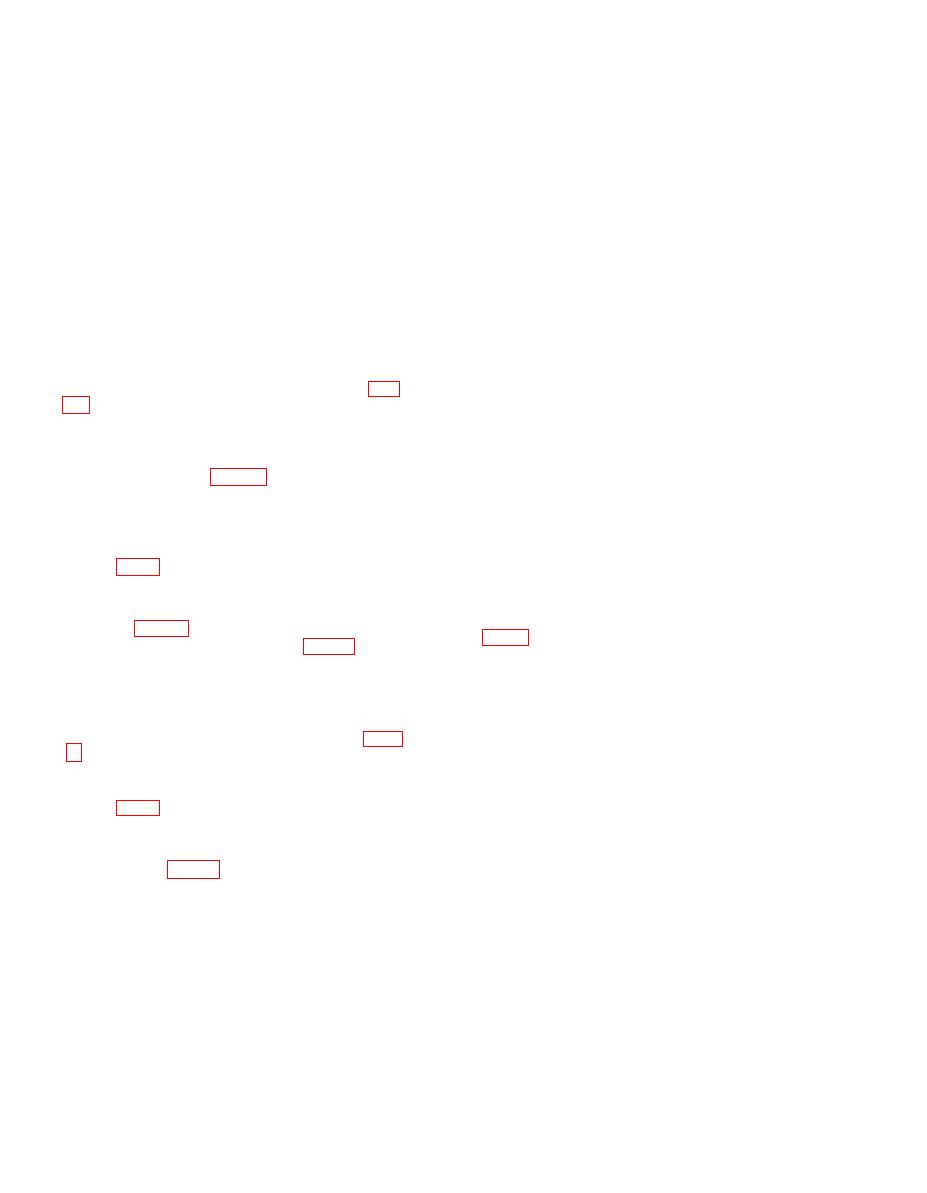 |
|||
|
|
|||
|
|
|||
| ||||||||||
|
|  The vfo input signal from module A9 is
(2) High band. Transformer T3, fixed
coupled to the base of vfo buffer Q2 through
capacitor C11, trimmer capacitor
isolating resistor RI and coupling capaci-
C9, and tuning capacitor C2C make
tor C1. Resistor R4 matches the impedance
up the tuned circuit. Switch S1-D
of the input circuit. The vfo buffer output
shorts the low-band tuned circuit
is coupled to the emitter circuit of transis-
to prevent loss of energy when op-
tor Q1 through coupling transformer T1.
erating on the high band.
The buffer base bias is determined by a
c. The combinatoin of resistors R3 and
voltage divider composed of R5 and R6.
R2 establishes the fixed bias for transis -
tor Q1. Resistor R1 is the emitter swamp-
b. The potential on the base of transistor
ing resistor. Capacitor C6 and resistor
Q1 is varying at the rf signal frequency
and the emitter potential is varying at the
R4 form a parasitic suppressor. Inductor
L2 is an rf decoupling coil. Capacitors Cl
vfo frequency; the collector output circuit
and C4 and inductor L1 make up a pi-type
if tuned to the difference between the two
rf filter which prevents rf leakage into the
input frequencies; 11.5 mc. The collector
power supply. Capacitor C10 is connected
circuit consists of the primary of trans -
former T2 and capacitor C6.
in series with tuning capacitor C2C (fig.
c. The combination of capacitor C3 and
resistor R9 neutralizes Q1. Capacitors
the effect of tuning capacitor C2C. Test
C4, C5, and C7 are rf bypass capacitors.
jack J2 can be used for measuring the in-
The combination of capacitor C8 and in-
put signal to module A3. Inductor L3 (in
ductor L1 decouples the module circuit
the main frame (fig. 88)) is an rf filter
from the 10-volt dc supply. Resistors R5
choke in series with the +10-volt regulated
and R6 develop base bias for transistor
input to module A3.
Q2. Resistor R7 is the emitter swamping
resistor. Resistor R3 provides damping
for the primary of coupling transformer
T1.
The second rf amplifier module A4 am-
plifies the signal from first amplifier mod-
ule A3 (para 6). The A4 output is applied
to receiver mixer module A5 (para 8). The
second rf amplifier consists of a single
The if. amplifiers provide amplification
of the 11.5-mc if. signal from 11.5-mc
transistor amplifier, a BAND switch, and
filter module A27. The if. amplifier module
tuned output circuits. The circuit configur-
ation and operation of module A4 is similar
consists of five stages of amplification, and
a discriminator driver output.
to that of first rf amplifier module A3 (para
(1) The input from the 11.5-mc filter
module is coupled through inductor
Ll, developed across resistor R2,
and coupled to the base of receiver
Receiver mixer module A5 heterodynes
first if. amplifier Q1 through ca-
the rf signal from second rf amplifier
pacitor C1. The signal output from
module A4 (para 7) with the vfo output to
Q1 is coupled through capacitor C4
produce an if. of 11.5 mc. Module A5 con-
and developed across base resistor
sists of a receiver mixer stage, a vfo buf-
fer stage, a coupling transformer, and a
R7 of Q2. Amplifier Q2 develops its
output signal across resistor R10.
tuned output circuit. The dc operating volt-
T h i s output signal is coupled
age is available to this module during re-
through capacitor C7 and is devel-
ception only.
oped across base resistor R11 of
a. The rf signal input is coupled to the
third if. amplifier Q3. The collec-
base of receiver mixer Q1 through isolat-
ing resistor R2 and coupling capacitor C2.
tor output of Q3 is developed across
|
|
Privacy Statement - Press Release - Copyright Information. - Contact Us |